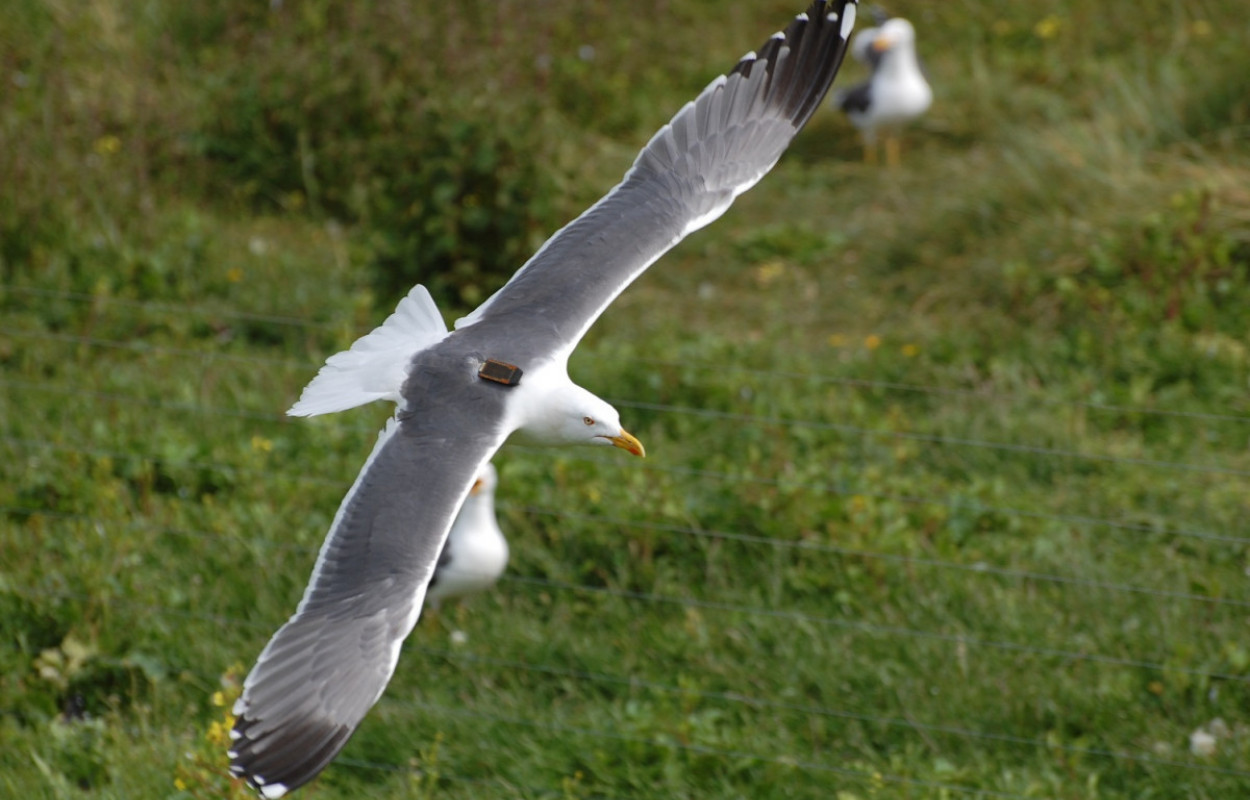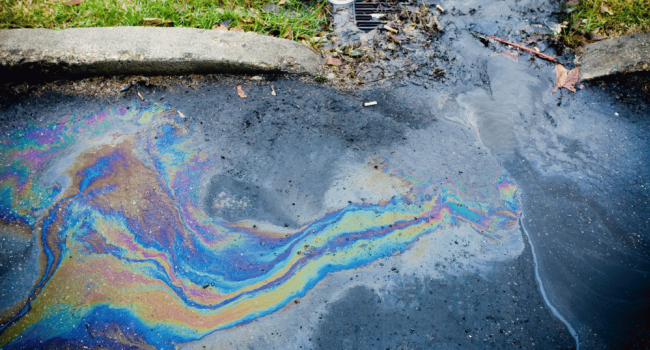Development of a weak-link wing harness for use on large gulls (Laridae): methodology, evaluation and recommendations

Author(s): Clewley, G.D., Clark, N.A., Thaxter, C.B., Green, R.M., Scragg, E.S. & Burton, N.H.K.
Published: December 2021 Pages: 17pp
Journal: Seabird Volume: 33
View publicationNew research from BTO has investigated the ways in which to optimise long-term GPS tagging in large gulls, so that sufficient data are collected while birds' welfare needs are met.
Abstract
Both for the welfare of the birds studied and the validity of the results obtained, it is important that biologging attachment methods should be suitably safe and effective. We describe a weak-link wing harness, designed for long-term attachment, which safely detaches from the bird without need for recapture, and a UK field trial on two species of gull with contrasting life-histories, Herring Gull Larus argentatus and Lesser Black-backed Gull L. fuscus. We fitted 15 GPS devices to Herring Gulls in 2014 using three different weak-link materials: cotton thread, cotton piping cord and nitrile rubber. Productivity and return rates were compared against those fitted with permanent harnesses and a control group. A further 36 weak-link harnesses were fitted to Lesser Black-backed Gulls in 2017 and 2018 using GPS-GSM devices that provided more accurate attachment durations. The weak-link design was suitable for Herring and Lesser Black-backed Gulls and harnesses detached completely. Devices fitted with cotton piping cord or nitrile weak-link harnesses remained attached to Herring Gulls for up to four years. Cotton thread was less durable, with harnesses detaching in 1–2 years. We did not detect any significant effects on breeding success or return rates from the harnesses, although small effects sizes cannot be discounted. Devices fitted to Lesser Black-backed Gulls with 6-ply cotton, 18-ply cotton or piping cord weaklink harnesses had respective mean (± standard error) minimum attachment durations of 102 ± 13.6 days (N = 15), 358 ± 42 days (N = 18) and 596 ± 225 days (N = 2). The use of weak-link harnesses can provide a flexible and favourable alternative to permanent designs mitigating some of the associated risks.
Notes
The study on Herring Gulls at South Walney and this methodological review were funded through the Department for Business, Energy and Industrial Strategy (BEIS) (formerly the Department of Energy and Climate Change) Offshore Energy Strategic Environmental Assessment programme and our particular thanks go toJohn Hartley (Hartley Anderson Ltd) for his support of the work and management of the contract. The studies on Lesser Black-backed Gulls at South Walney and Barrow-in-Furness were funded by Ørsted (formerly DONG Energy) and those at the Ribble and Alt Estuaries and Bowland Fells by Natural England and our thanks to all staff involved for their support of these projects. Thanks to Gary Brodin from Pathtrack and to Phil Atkinson from Movetech Telemetry for additional assistance and technical support with their devices. We are very grateful to Cumbria Wildlife Trust staff at South Walney for assistance with setting up the tracking systems and monitoring birds and their nests and Andy Bates (Leck Construction) for helping facilitate site access in Barrow-in-Furness. Access at the Bowland Fells site was kindly arranged with the Abbeystead Estate. Phil Atkinson, Rachel Taylor, Katharine Bowgen, Lee Barber, Greg Conway and Liam Langley also provided field assistance. We would also like to thank the Special Methods Technical Panel, in particular the convenor, Jez Blackburn for their advice. Mike Toms provided assistance in formatting the online Supplementary Materials.
Staff Author(s)









Share this page